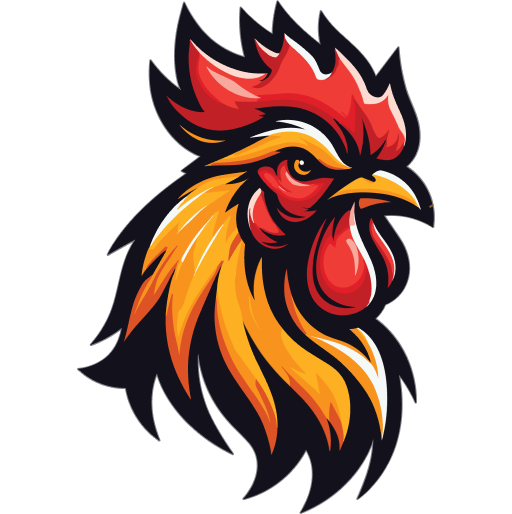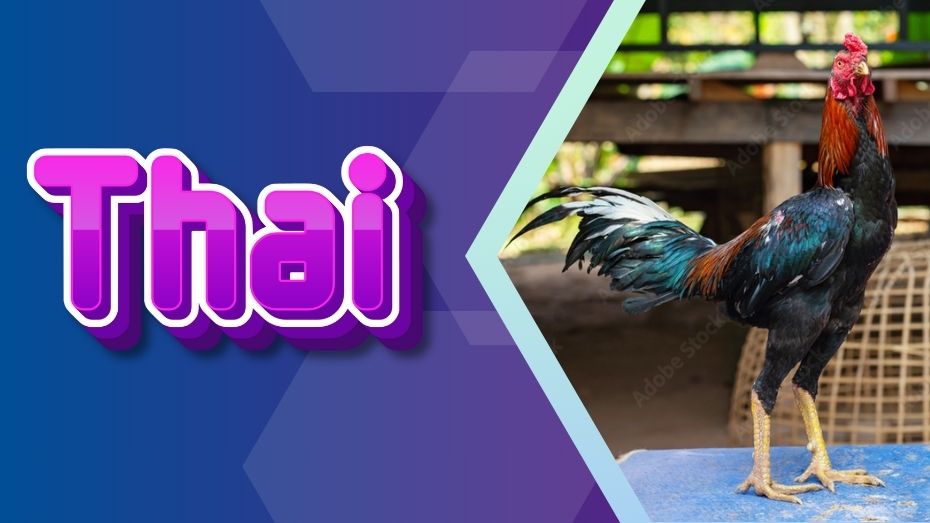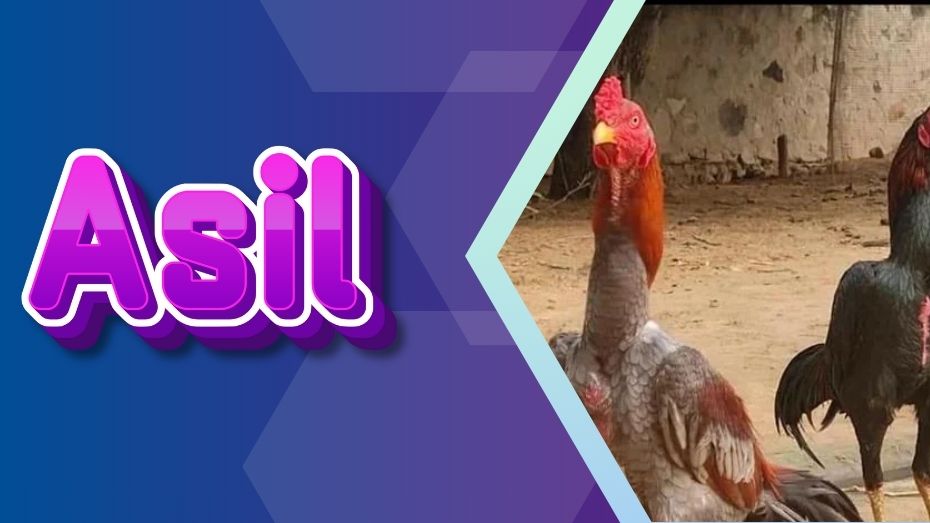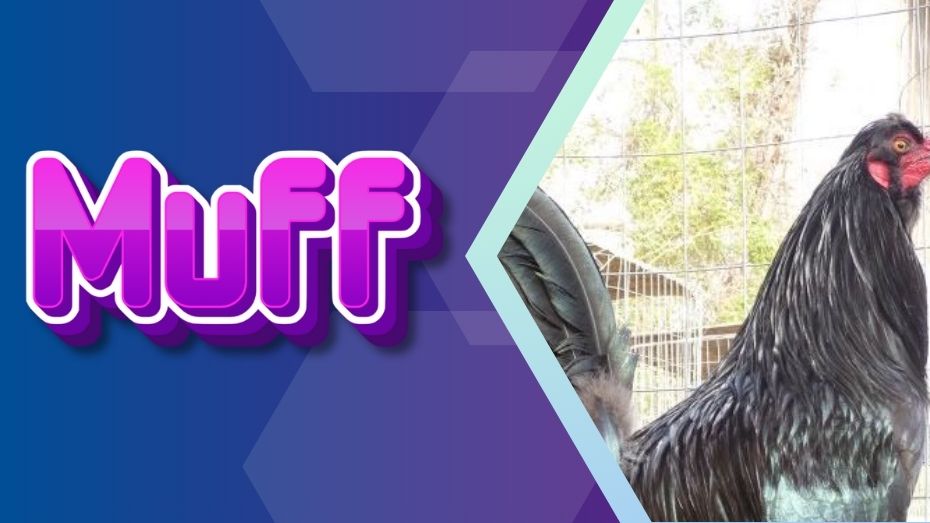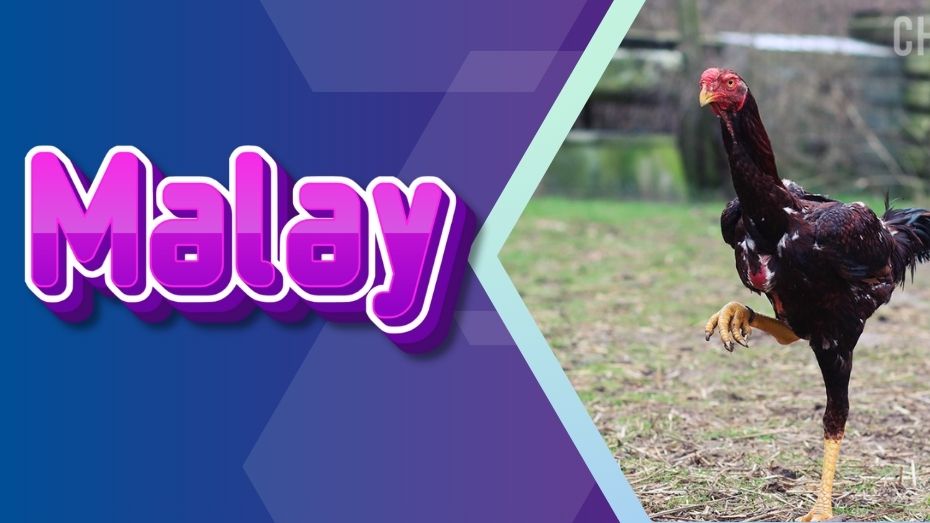The Legacy of Yokohama Chickens: From Japanese Origins to German Refinement
Yokohama chickens, characterized by their strikingly beautiful plumage and long, flowing tails, trace their origins back to Japan. They were named after the port city of Yokohama, from where they were first exported to Europe. These birds were later refined and popularized in Germany under the care of Hugo du Roi, the first president of the National German Poultry Association. Known primarily for their ornamental qualities, Yokohama chickens have become a symbol of elegance in the poultry world.
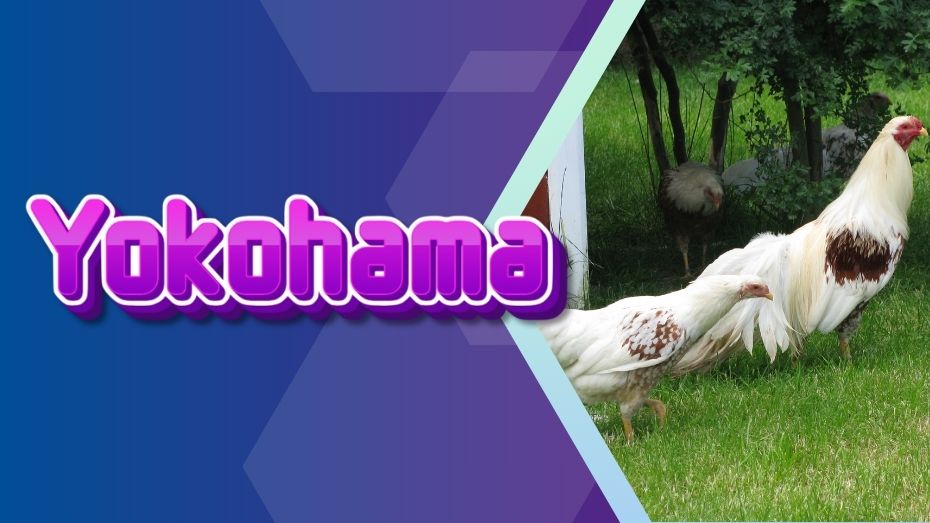
Their journey from East to West showcases a story of resilience and adaptation. In Europe, these birds were selectively bred to enhance their unique features, which include extraordinarily long saddle feathers that often reach the ground and a vibrant array of colors. This selective breeding not only cemented their status as exhibition birds but also highlighted their ability to thrive under diverse environmental conditions. Today, Yokohama chickens are admired by poultry enthusiasts and breeders worldwide, not just for their beauty but also for their history of survival and adaptation across different landscapes.
The Journey of Yokohama Chickens

The saga of the Yokohama chicken began with its exportation from Japan to Europe in the mid-19th century. Initially exported from the Japanese port of Yokohama to France in 1864, they eventually made their way to Germany. Unfortunately, initial attempts to establish the breed in Europe met with challenges as all female birds perished, leaving only the males. This led to necessary crossbreeding with other breeds including:
These efforts were crucial in preserving the lineage, particularly under the supervision of German breeders like Mr. Prosche from Dresden and later, author Bruno Duringen, who worked to expand the genetic diversity of the breed.
Distinctive Traits of Yokohama Chickens
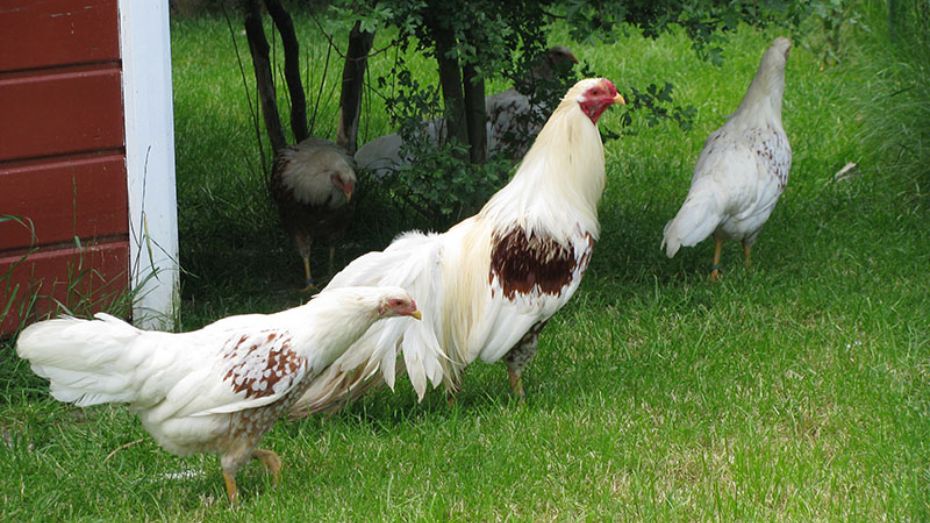
Today’s Yokohama chickens are known for their small and delicate build, characterized by:
Despite their game-like appearance, these chickens are not ideal for cockfighting due to their calm and docile nature. They mature slowly, producing only 60-80 small eggs annually, which coupled with their petite size, makes them less favorable for meat production.
The Role of Yokohamas in Modern Poultry Breeding
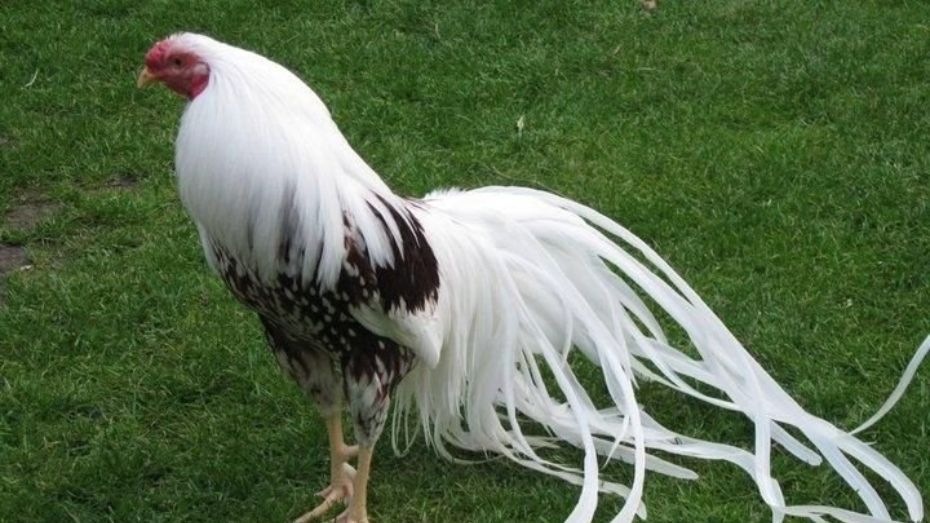
Yokohama chickens are celebrated more for their show qualities than for practical purposes like egg-laying or meat production. Their long tails and striking appearance make them excellent candidates for exhibitions and ornamental pets. However, their breeding does present challenges due to their slow maturation and low egg production, which has contributed to their critically low population levels worldwide.
Breeding Considerations and Conservation
Given their low population, breeders are encouraged to focus on increasing their numbers rather than using them for cockfighting. Crossbreeding with other strains like Malays and Sumatras might be explored to enhance their robustness and egg-laying capabilities. However, increasing the population must be the priority to avoid issues related to inbreeding and to maintain genetic diversity.
Conclusion
Yokohama chickens are not just poultry; they are a symbol of ornamental beauty and a historical testament to cross-continental poultry breeding. While their numbers are limited, their potential in enhancing the diversity and aesthetic appeal of poultry breeds remains significant. For enthusiasts and breeders looking to engage with a unique breed, Yokohama chickens offer a rewarding, albeit challenging, opportunity.
For those interested in exploring the dynamic world of cockfighting, PH Sabong offers a platform where you can experience the thrill and strategy of betting on various breeds. While Yokohamas might not be common in cockpits, their influence on other gamefowl breeds could be seen in action. Visit PH Sabong to place your bets and enjoy the competitive spirit of online sabong.
